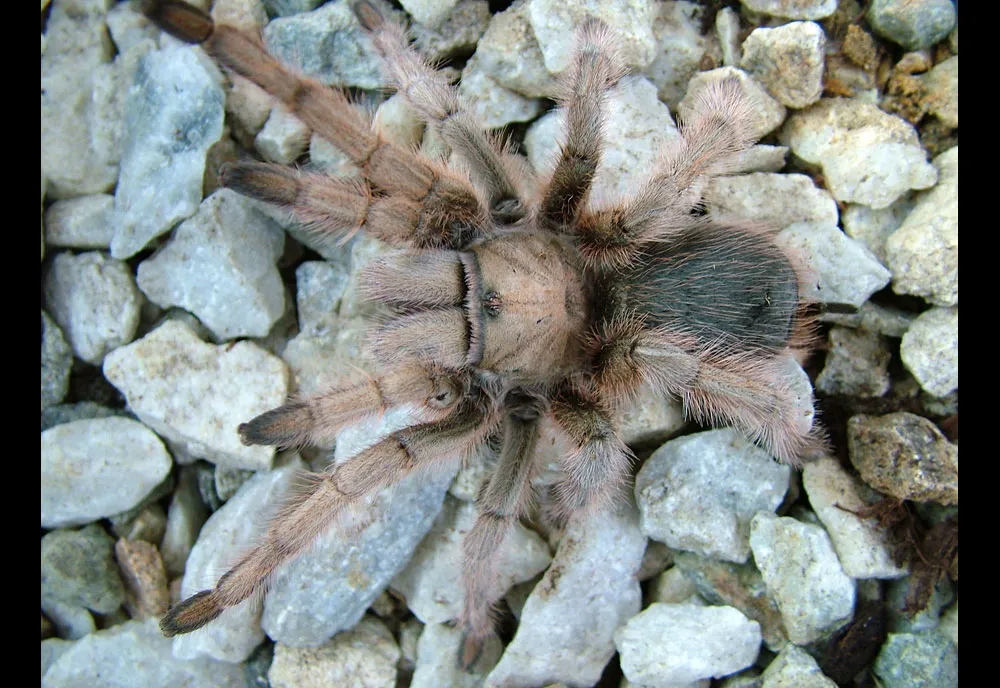The desert tarantula, a captivating arachnid, sparks curiosity about its longevity. Understanding the factors that influence its lifespan provides valuable insights into its biology and care. This article delves into the key aspects impacting how long these fascinating creatures live, presenting five crucial facts that every enthusiast should know. From gender differences to environmental conditions, we’ll explore the secrets behind the desert tarantula’s life cycle.
What Influences Desert Tarantula Lifespan
Several key factors determine how long a desert tarantula thrives. These include its gender, diet, environmental conditions, and exposure to predators. Understanding these influences allows for better care and appreciation of these remarkable animals. The interplay of these factors significantly impacts their survival and overall lifespan. Providing the right conditions can maximize their longevity, enriching the lives of these fascinating invertebrates.
Gender and Lifespan
One of the most significant differentiators in desert tarantula lifespan is gender. The difference in their life expectancy is substantial, with females generally living much longer than their male counterparts. This difference is primarily due to the role each gender plays in reproduction, and the energy demands associated with it.
Male Desert Tarantulas

Male desert tarantulas typically have a shorter lifespan. After reaching maturity, which can take several years, they typically live for only a year or two. Their primary focus shifts to finding a mate, which exposes them to risks such as predation and the physical demands of mating. Furthermore, the male’s body undergoes changes that affect their survival after mating, leading to a shorter overall lifespan.
Female Desert Tarantulas
Female desert tarantulas, on the other hand, can live for an extended period, often exceeding 20 years in optimal conditions. The female’s life cycle is geared toward reproduction, but the absence of the same post-mating risks means they can survive for much longer. Proper care, including suitable diet and environment, maximizes the female’s potential lifespan, making her a long-term companion for the tarantula enthusiast. They molt regularly, and their growth continues throughout their lives, contributing to their longevity.
Diet and Nutrition Impact
A well-balanced diet is vital for the health and longevity of desert tarantulas. Proper nutrition ensures they have the energy needed for growth, molting, and overall survival. A deficient diet can lead to health issues and a shortened lifespan, making dietary considerations critical for their well-being. The types of food and feeding frequency play significant roles in their overall health.
Feeding Frequency
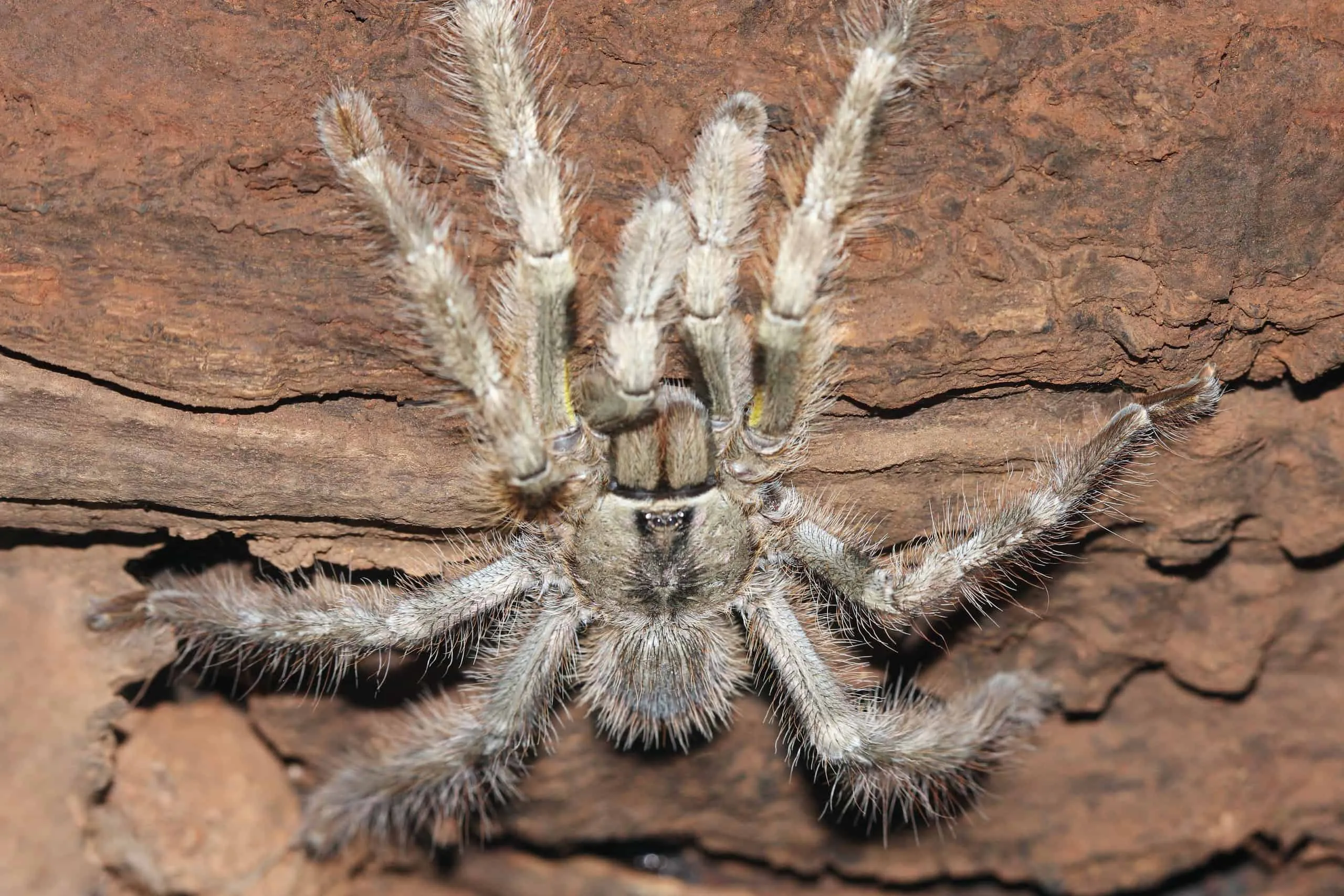
The frequency of feeding should be tailored to the tarantula’s age and size. Younger tarantulas, which are actively growing, require more frequent feedings. Adults can be fed less often, typically once a week or every other week. Overfeeding can lead to health problems, while underfeeding can stunt growth. Finding the right balance is key to ensuring a healthy lifespan.
Types of Food
Desert tarantulas are opportunistic feeders, consuming a variety of insects. Crickets, mealworms, and roaches are common choices for captive tarantulas. The food should be gut-loaded before feeding to provide the tarantula with essential nutrients. Offering a varied diet ensures the tarantula receives all necessary vitamins and minerals, contributing to a longer and healthier life. Avoid feeding wild-caught insects, which may carry parasites or pesticides.
Environmental Conditions
The environment in which a desert tarantula lives significantly influences its lifespan. Maintaining the correct temperature, humidity, and enclosure setup is crucial for its health and survival. A poor environment can stress the tarantula, making it more susceptible to illness and reducing its lifespan. The correct setup helps the tarantula thrive.
Temperature and Humidity
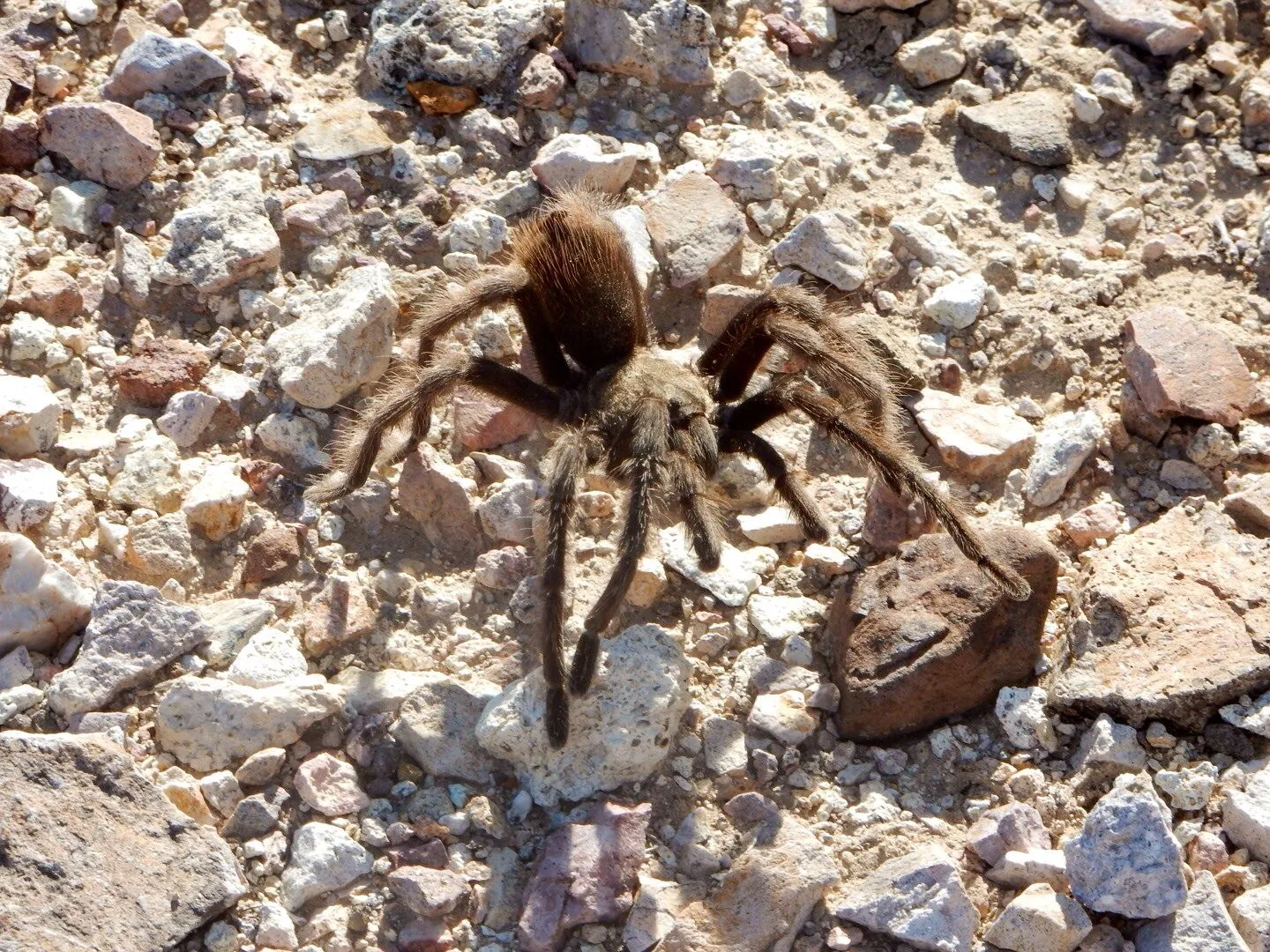
Desert tarantulas thrive in specific temperature and humidity ranges. Providing appropriate conditions replicates their natural habitat. The ideal temperature for desert tarantulas is usually between 75-85°F (24-29°C). Humidity should be kept relatively low, around 50-60%, to prevent fungal growth and promote molting. Monitoring and maintaining these environmental factors is essential for their health and longevity.
Enclosure Size and Setup
The enclosure size should accommodate the tarantula’s size, providing enough space for movement and burrowing. A substrate, such as coconut fiber or peat moss, is necessary for burrowing and maintaining humidity. The enclosure should also include hiding places, such as cork bark or artificial plants, to reduce stress. A well-designed enclosure mimics the tarantula’s natural environment, contributing to a longer lifespan.
Predators and Threats
Desert tarantulas face threats from both natural predators and human activities. Understanding these threats is crucial for protecting them and ensuring their survival. Minimizing the impact of these factors can significantly extend their lifespan. Awareness and preventive measures are crucial for these creatures.
Natural Predators
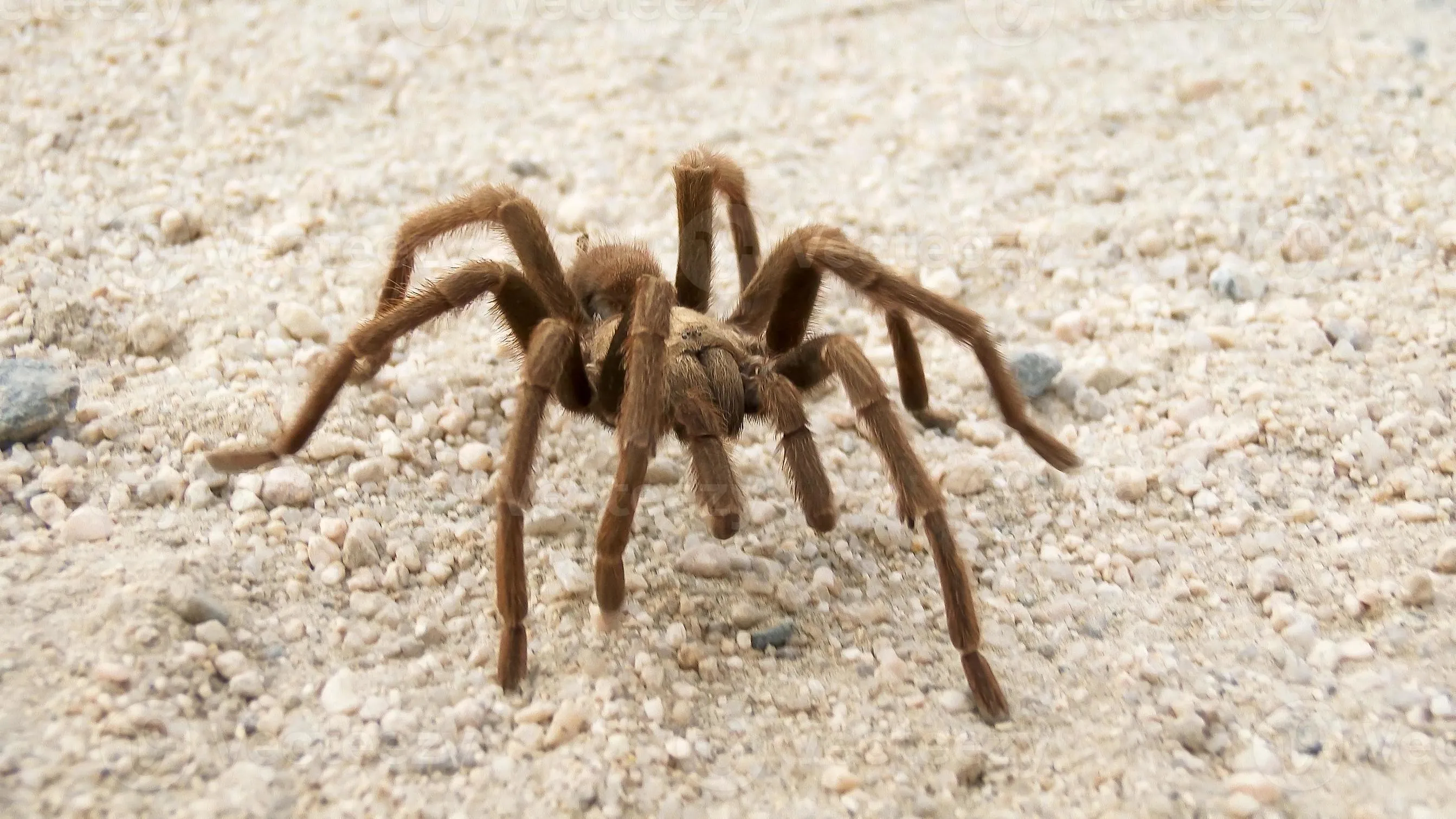
In their natural habitat, desert tarantulas are preyed upon by various animals, including birds, reptiles, and other arachnids. These predators can pose a serious threat, especially to younger tarantulas. In captivity, the risk of predation is eliminated, but it’s important to protect them from any potential harm, ensuring they live as long as possible.
Human Impact
Human activities, such as habitat destruction and pesticide use, can also impact desert tarantula populations. Habitat loss reduces the availability of resources and shelter, while pesticides can poison them. Conservation efforts and responsible pet ownership can help mitigate these threats and protect desert tarantulas. Promoting sustainable practices helps secure their future.
Desert Tarantula Molting and Growth
Molting is a fundamental part of a desert tarantula’s life cycle, enabling growth and the shedding of old exoskeletons. The molting process is essential for their development. Understanding this process and the factors that influence it is important for providing appropriate care and ensuring a healthy lifespan.
Molting Process
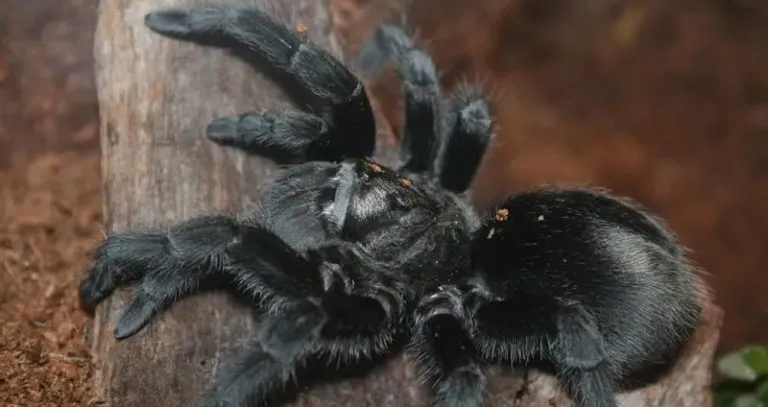
Desert tarantulas shed their exoskeleton periodically throughout their lives, a process known as molting. This process allows them to grow and replace damaged or worn parts. During molting, the tarantula becomes vulnerable, so it is crucial to maintain a stable environment with proper humidity and minimal disturbance. After molting, they are soft and need time to harden their new exoskeleton.
Growth Rate Factors
The growth rate of a desert tarantula is influenced by several factors, including diet, temperature, and genetics. Proper nutrition and a suitable environment accelerate growth and promote healthy molting cycles. Genetic factors also play a role, with some tarantulas growing faster than others. A well-managed habitat provides the best conditions for optimal growth.
Average Lifespan Comparison
Comparing the lifespan of desert tarantulas to other tarantula species offers perspective on their longevity. While some species have shorter lifespans, others can live even longer, highlighting the variability within the tarantula family. This comparison helps understand the factors that contribute to their longevity.
Other Tarantula Species
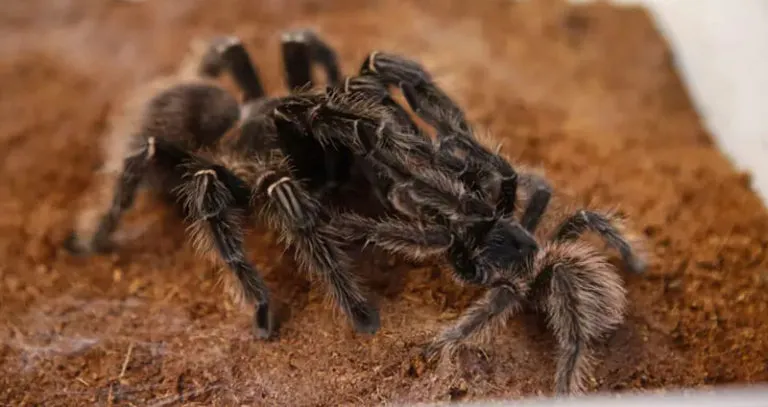
Some tarantula species, like the Chilean rose tarantula, have lifespans comparable to desert tarantulas. Others, like the Goliath birdeater, can live even longer. These variations emphasize the impact of genetics, environment, and care on their longevity. Researching the specific needs of different tarantula species enhances the knowledge of their lifespans.
Factors Affecting Lifespan Summary
In conclusion, the lifespan of a desert tarantula is influenced by several interacting factors. Gender, diet, environmental conditions, and threats all play a role in determining how long these fascinating creatures live. Providing the right care, including a balanced diet, a suitable environment, and protection from predators, will maximize their potential lifespan. Understanding and addressing these elements is vital for every tarantula owner, ensuring the health and longevity of their beloved pets. Paying attention to these aspects offers the best opportunity for these creatures to thrive.
